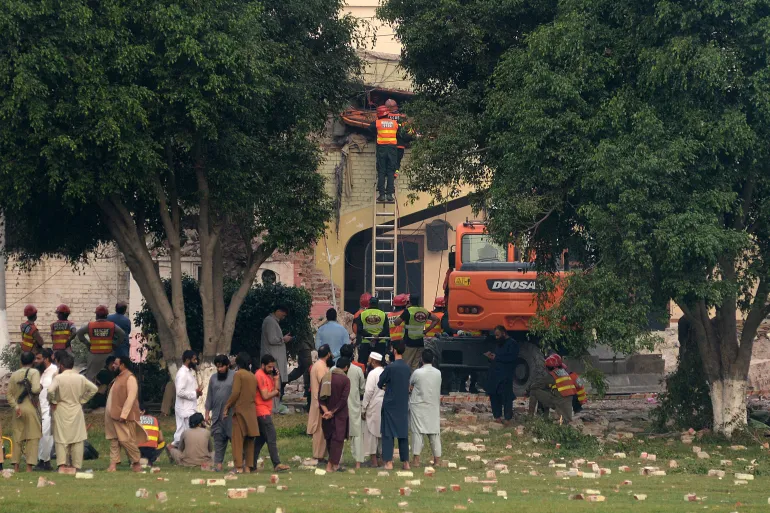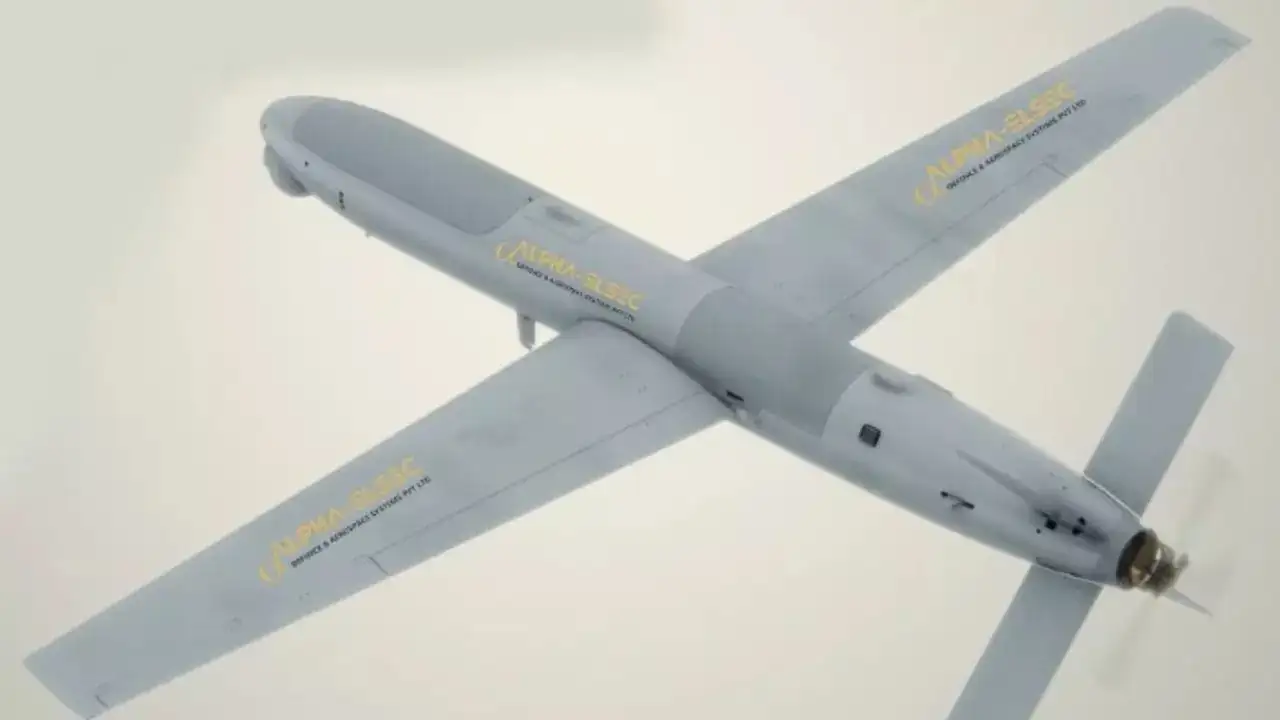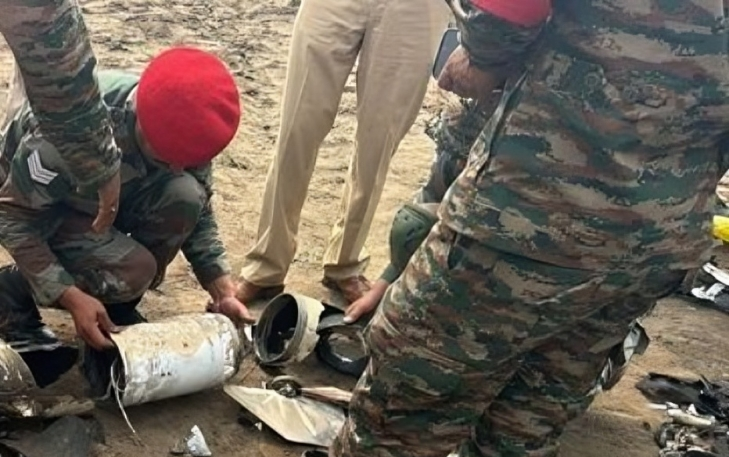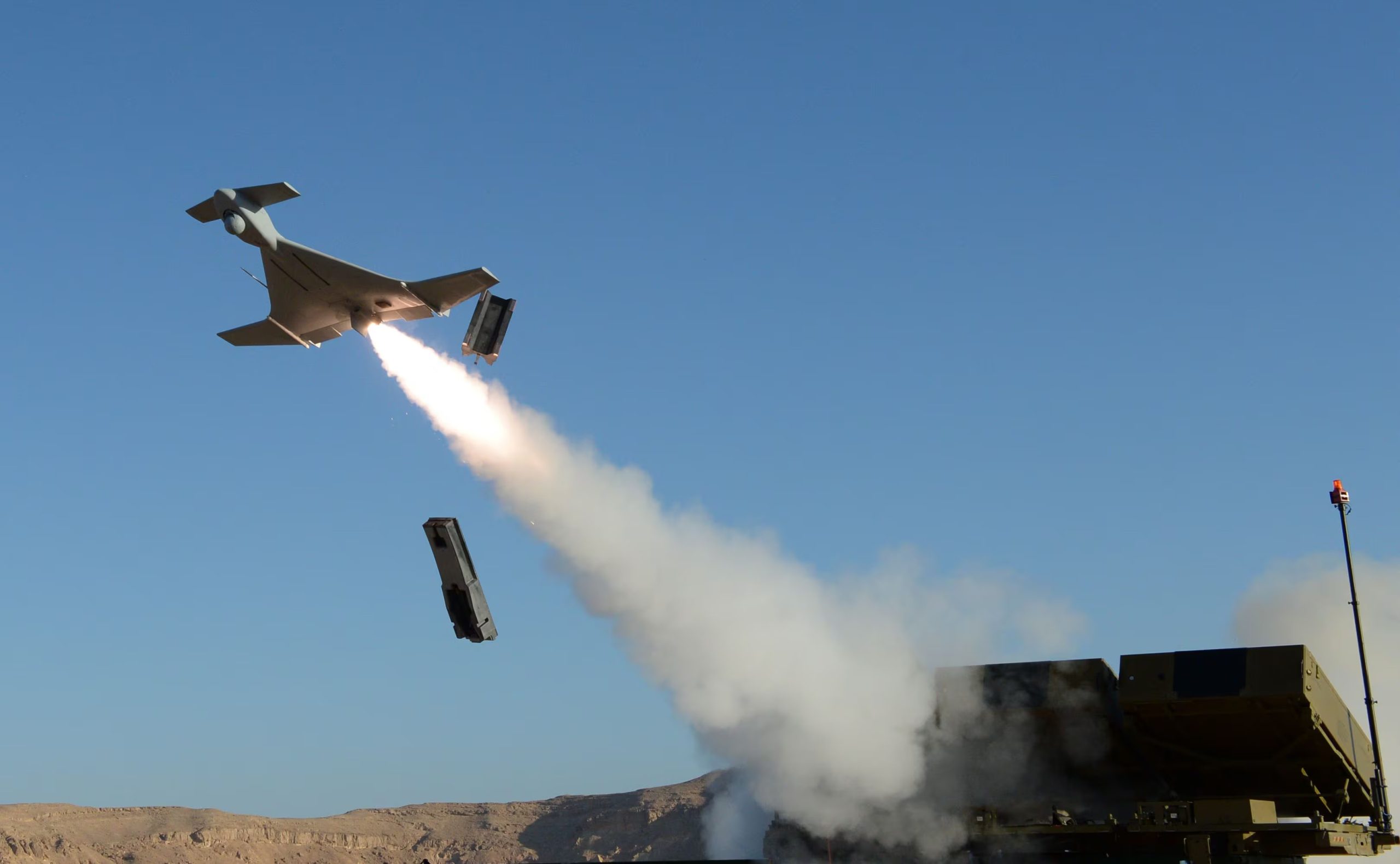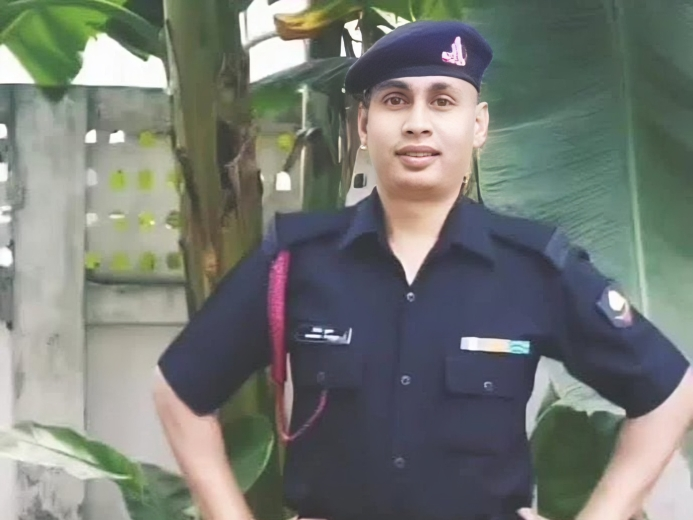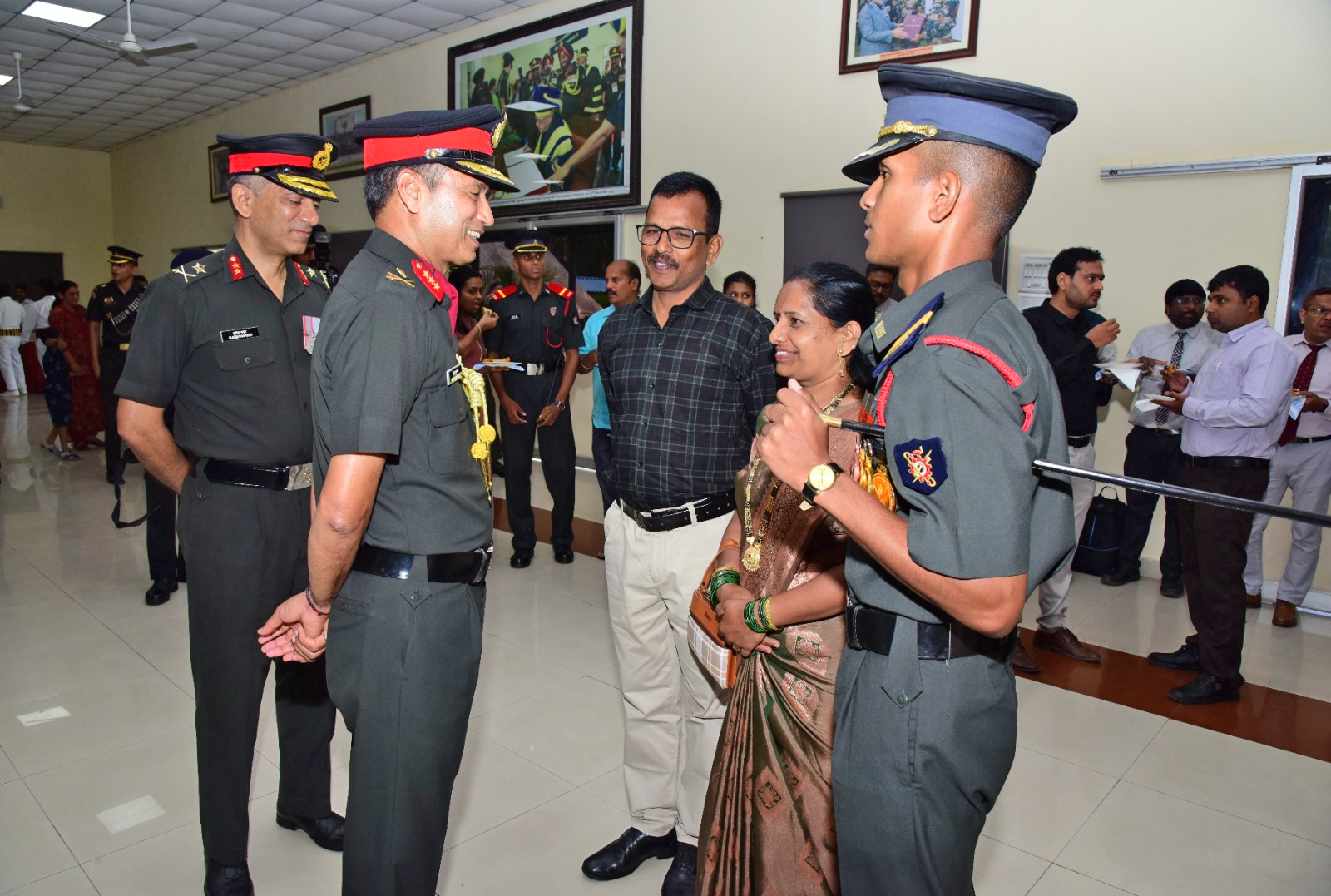“Operation Sindoor Not Yet Over” Says Government: Over 100 Terrorists Killed and Counting is Still On
In a dramatic escalation of regional tensions, the Indian government announced the continuation of Operation Sindoor, a precision military campaign…
SkyStriker Suicide Drones Makes Debut in Operation Sindoor
The Indian Army’s growing reliance on high-tech precision weaponry was on full display during Operation Sindoor, as SkyStriker suicide drones—a…
Chinese Missile Debris Found in Punjab After Interception by Indian Forces
In a dramatic development highlighting the rising military tensions in South Asia, fragments of two Chinese-made air-to-air missiles were discovered…
What Is Loitering Munition? India Just Used Them For The First Time In Operation Sindoor
In a powerful and unprecedented show of force, India launched Operation Sindoor in the early hours of Wednesday, targeting terrorist…
Lance Naik Dinesh Kumar Martyred in Pakistan Shelling Along LoC After Operation Sindoor
An Indian Army soldier, Lance Naik Dinesh Kumar of the 5th Field Regiment, was killed on Wednesday during heavy shelling…
MCEME Hyderabad Hosts Prestigious Award Ceremony for TES-45 Cadets
The Military College of Electronics and Mechanical Engineering (MCEME) in Hyderabad hosted an impressive Award Distribution Ceremony for the officer…

